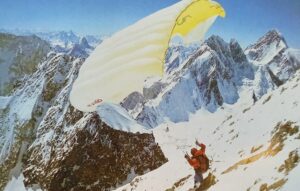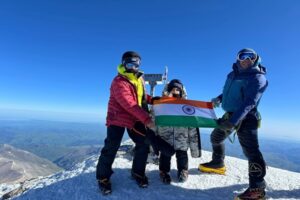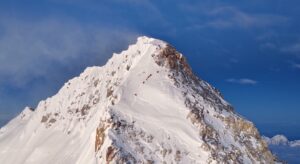For the second day in a row, Everest and Lhotse summits pile up, despite windy conditions.
Nepal’s Department of Tourism reported 185 Everest summits yesterday. While today’s numbers won’t be as high, it has been a fruitful day.
Dan Mazur’s SummitClimb team left early and reported that all eight team members reached the summit at 4:30 am. He later confirmed that everyone had made it safely back to the South Col.
At such an early hour, Mazur saw few others on the upper slopes. “We had the mountain to ourselves,” he wrote. “We did pass a few groups while we were descending.”
Later in the morning, more teams reported summits. Phil Crampton of Altitude Junkies confirmed that their climbers had summited and returned to Camp 4. They intend to proceed down to Camp 2 after resting and rehydrating.
Some groups hope to reach the summit tomorrow, but it is unclear if conditions will permit further attempts in the next two days.
Controlling the narrative
The biggest story of the season might be the lack of information. Outfitters are listing summiters’ names (always with more Nepali guides and assistants than clients) but otherwise they have provided very few details.
There have been no updates on climbers on their way to the summit or during the descent, no notes on progression, and no accidents or rescues reported. A safe season would be the best possible news. But the overall lack of transparency (officially, for example, there has been no COVID) suggests that it is wise to wait until everyone checks in from Base Camp for confirmation.
Everyone in Base Camp seems to have colluded with Nepal to erase all drama from this expedition season. Trying to hide COVID cases has proved impossible, and even counterproductive for the image of climbers, expedition leaders, and officials. But during the summit push, the narrative continues to be successfully controlled.
This has killed the essence of the Everest season; the extraordinary has been made to sound ordinary.
Yet a lack of news does not necessarily mean no news. The real stories will have to wait until these climbers return and can speak freely.





